Renowned remixer Mark Reeder’s first flirtation with near fame was when he was in punk band THE FRANTIC ELEVATORS with SIMPLY RED’s Mick Hucknall.
In 1978, he moved to Berlin and became Factory Records German representative in Germany while also working in the studio with bands such as all-girl avant noise terrorists MALARIA! who he co-managed and DIE TOTEN HOSEN.
In 1981, Reeder formed post-punk duo DIE UNBEKANNTEN while in 1983, he helped put together the Berlin Special of ‘The Tube’ TV music show which featured acts such as DIE ÄRTZE. Later on, DIE UNBEKANNTEN changed their name to SHARK VEGAS and toured Europe with NEW ORDER.
In 1990, Reeder established his own electronic dance music record label Masterminded For Success (MFS) and discovered Paul Van Dyk who he guided into becoming an internationally famed DJ and recording artist. His passionate approach and highly respected reputation for care and attention in all areas including concept, artwork, PR and sound gained many notable admirers within the music industry. So when Reeder focused on remixing in the late noughties, he was given the opportunity to work for a number of major artists including John Foxx and PET SHOP BOYS.
He also collaborated with popular German dance duo BLANK & JONES on a musical restyling project entitled ‘Reordered’ which featured among its vocalists NEW ORDER’s Bernard Sumner, Robert Smith from THE CURE, Steve Kilbey of THE CHURCH and Claudia Brücken. Its highlights however were probably the ‘This Time Of Night’ aping Alone In The Dark Mix of ‘Loneliness’ sung by Bobo and the Save Yourself Mix of ‘Manifesto’ featuring Vanessa Daou.
Reeder is about to release his brand new labour of love entitled ‘Five Point One’. It is a dream compilation album of new, rare and unreleased remixes by his own hand of established heavyweights such as DEPECHE MODE, PET SHOP BOYS, BLANK & JONES and BAD LIEUTENANT alongside cult favourites DIE TOTEN HOSEN and Anne Clark plus comparative newbies like MARSHEAUX, MAY 68, NOBLESSE OBLIGE and ELECTROBELLE.
Comprising of a deluxe DVD and 2CD package, the DVD is remastered in Dolby 5.1 surround sound to create a listening experience to enhance the depth and radiance of the original stereo mixes. What shines through particularly is Reeder’s intuitive approach which adds a developmental enhancement to proceedings while retaining the all important compositional essence of the originals.
Mark Reeder kindly spoke about ‘Five Point One’ and added a few thoughts about the welcome return of the song in modern electronic pop plus some stories about his days with Factory Records… “anything can happen in the next half hour…”
What was your inspiration particularly for this compilation?
I’ve always been a fan of surround technology and love the idea of multi-dimensional cinematic wrap-around sound. Although I’ve never owned a Quad system I have Quad versions from the 60s and 70s of ‘Switched-On Bach’ by Wendy Carlos (she was called Walter back then) and ‘Quadrophenia’ by THE WHO and I released a couple of B.A.S.E super spacial stereo and surround albums on my MFS label too.
So making my own 5.1 album was, I suppose, a natural process. I confess, I was definitely inspired by the 5.1 releases of PINK FLOYD, DAVID BOWIE and DEPECHE MODE, which I immediately snapped up.
However, making a 5.1 mix is a complex and expensive undertaking. I first made a 5.1 mix for my remix of ‘German Film Star’ for The PET SHOP BOYS and Sam Taylor-Wood and one for ‘Sink or Swim’ for BAD LIEUTENANT and then ‘Underpass’ for John FOxx, then followed MARSHEAUX and we just went from there. The idea that the album was to have some of my all-time fave bands and all my remixes for them together on one 5.1 surround album just started to happen. It was initially intended to be an audio only album, but when John Foxx said I could use his original 80s video, then we also had a visual element to the album too.
You’ve remixed the songs in DVD 5.1 Surround sound for one disc, how did you the motivate yourself for this endeavour?
The motivation was the challenge. Micha Adam, my studio partner and I wanted to see if we could do it. We wanted to push our own boundaries and test our abilities. Our aim was to re-remix our remixes in 5.1 surround and hopefully release them on one album. Most people, especially in the music industry, currently can’t see the reason behind making a 5.1 album, but that is because there is not that much 5.1 music about and nothing to really compare it with and therefore no visible market for it. That’s most probably because of the cost involved, not only in making a 5.1 mix, but for the consumer too.
It is early days still and just a matter of time. Once the technology gets cheaper and 5.1 becomes easier to make then more music will emerge. It took stereo over 30 years to reach the household in the late 60s and when 5.1 systems eventually become cheap and affordable, then people will also want something to play on them.
Also new and futuristic technological developments aim to make 5.1 available on every mobile phone too. That was another inspiration. Once we all have the 5.1 DolbyMobile chip in our smartphones then we will want to hear music in 5.1 too, which was a further driving force for us. This special chip means that you can listen to music in 5.1 on your phone, on normal stereo headphones, albeit in simulated 5.1, but if you connect your phone to a real 5.1 sound system, it will play back in true 5.1 surround. Fascinating!
Making the actual 5.1 remixes was the real challenge though, as it is all about getting the balance right so that the mix sounds like the original remix, but the music comes from all around you, just like in the cinema. That was the thrill. Yet, mixing an album in surround is not as easy as you might think and the end result will probably sound a bit different to everyone, especially considering that each home system is set up individually to taste. By the way, mixing a track in stereo is much easier too, as you can layer and hide things within the mix, whereas surround is much more revealing.
You are featuring several new acts on ‘Five Point One’ such as MARSHEAUX and NOBLESSE OBLIGE alongside established luminaries such as PET SHOP BOYS, DEPECHE MODE and John Foxx. I can see the newer artists being very co-operative but how straightforward was it to persuade the established acts to allow you to rework their material with your instrumentation and methods?
Yes, I’ve tried to create a balance between the more established acts and a crop of newer artists. Some of which have their debut on ‘Five Point One’. I thought this way I could bring them to a wider audience.
Generally, I think I’ve been very very lucky, as it wasn’t really all that difficult for me to obtain the clearances, as it might have been for other people. The artists that I have initially done the remixes for know who I am and obviously respect me and my work and my idea. They appreciate the amount of time, dedication and creativity that has gone into preparing this project. I guess they know I would also try and do my best and that I would take great care remixing their song. They also know the kind of music that I make.
Mind you, remixing a well-known and legendary song like ‘Underpass’ was still very nerve wracking. I’ve always loved this song and getting the chance to remix it for the first time after 30 years was such an honour. At first I was elated, then came the feeling of fear! Naturally, I wanted to do it justice without destroying it too much, as these days it seems so simple to take a great track, whack it into Ableton and strip it of all its atmosphere and identity, then add a techno beat and scatter a sprinkling of the original vocal over it, so it becomes totally unrecognisable and in most cases, disappointing.
I really don’t make my remixes like that. I’m old school. I like to still be able to hear the song, but give it my own signature and atmosphere, while at the same time use as many of the original elements as possible.
Luckily, John really liked my ‘Underpass’ remixes and he was very cooperative. In fact all the artists and labels were. Making a remix for a well-known song though is definitely much more daunting than making a remix for a new song. The obvious comparison aspect is overwhelming and the expectation is so great.
Obviously, I know I could never ever better the original and I don’t try to, I just make my interpretation. I also understand that my remixes won’t appeal to everyone, but I really only make a remix in the hope the artist themselves will like it and I suppose in the end, it’s for all those people who do actually like it. If you don’t like it then that’s fine too, just don’t listen to it. I always strive as much as I can to at least give the song I’m going to remix, the respect it deserves, regardless of its status.
Remixing ‘Sweetest Perfection’ was also very precarious. Daniel Miller gave me the chance to remix ‘Sweetest Perfection’ for the last DEPECHE MODE remixes album, but due to family problems I was unable to complete it on time. So I asked if I could use it on my own remixes album. My DEPECHE MODE remix actually took the longest to clear, simply because EMI / Mute were in the process of releasing their own DEPECHE MODE remixes album.
You also feature cult singer/songwriter Anne Clark who worked with John Foxx in 1985. For those who have not heard of her, how would describe her music and why do you like it?
It is quite interesting the threads between the artists on the album, in some obscure way they are all connected. I think Anne is very unique. She is a poet, who sets her poems to music. Although she is from England, she is probably more well-known outside of the UK. Her legendary status was formed in the early 80s and her brilliant song ‘Sleeper in Metropolis’ was huge in the new wave clubs across Europe at that time. It eventually became a Goth anthem and inspiration for many to follow. Its analogue synth sequencer sounds have never been bettered. Of course, her music today is very delicate but still powerful and anyone who has seen her perform live, knows exactly how beautiful her music is. I remixed two of her songs off ‘The Smallest Acts of Kindness’album which I really liked. I was inspired. They were intended for a remixes album, but that album hasnt yet materialised and so they are now on mine. I really like this spoken word matched with music idea.
You’re credited with introducing Bernard Sumner to Giorgio Moroder and Italo disco through the cassettes you used to send him from Berlin. How do you feel about his more rocky material with BAD LIEUTENANT? And is featuring remixes of them a way of you putting Bernard back into that electronic dance thing that he does so well but rarely touches now?
Well, I know Bernard is still very much into electronics and club music and he promised there will be more to be heard on the next BL album, but he wanted to show a different side with BAD LIEUTENANT and distance his band from NEW ORDER, which is understandable. I thought their album was really excellent. I’m not just saying that because Bernard is a friend, but because I really think it is. It is a bit of an unpolished jewel. Anyway, I played it to death. I think it was a very optimistic album and if you give it the chance, it gets better every time you play it.
Anyway, Bernard asked me to film some sequences for their ‘Sink Or Swim’ video and then I was asked if I wanted to do a remix for it too. I thought there are probably a few fans out there, like myself and Micha, who would also like to hear a more electronic, dancier type version of the song. So I made one. The same goes for my remix for the PET SHOP BOYS. They also wanted a more traditional PSB sounding remix without having to return to that style themselves.
Then Bernard asked me if I could do a quick remix for ‘Twist of Fate’, which was a track I also really liked and wanted to remix. I made two variations, one is a heavy-ish sounding half tempo mix with a pulsating bass and the other is a more uptempo dance mix variation. Both mixes are featured on ‘Five Point One’. I thought Steve Young made a truly brilliant sci-fi puppet video for that track too, with very scary looking puppets. You can see the love, care and dedication he has put into making this Gerry Anderson inspired video and I wanted to applaud his work and so we feature the video on the DVD too. He was kind enough to recut his video and add newly created footage just so that it would fit to my 5.1 remix.
Making these BAD LIEUTENANT remixes was much more difficult than we had imagined, as all the songs were played-in live by the band and there was lots of natural speeding up and slowing down within the track, which you don’t usually get with a precise timed 4/4 techno record. I had a great time with Micha making these two remixes, as we had to slice every single word and every note of every instrument and move them into position by hand to make them still sound organic, which took forever. It was good practise, as it turned out, because the BAD LIEUTENANT remixes were still easier than making the DEPECHE MODE or TOTEN HOSEN remixes.
Your Lange Hosen remix of DIE TOTEN HOSEN’s ‘Disco’ was very interesting. You go back a long way with them. They are known as being a punk band, but when did it occur to you that their material could be tailored for the dancefloor?
Actually, I realised that their music could be tailored for the dancefloor back in the 80s with ‘Hip Hop Bommi Bop’, which they made with legendary New York rapper Fab Five Freddy.
We used to listen to a lot of disco music on tour mixed in with AC/DC and plenty of punk classics. It just seemed natural to me that their track ‘Disco’ should have a real Italo-rock-disco-esque sounding remix.
As usual, I wanted to retain as much of their original song as possible though, so that it is still recognisable as a TOTEN HOSEN song. So the guitars and vocals are all in there. I’ve just changed the tempo and groove and added a straight driving bass guitar and pulsating synth so it can be played in a proper disco type of disco.
You’ve worked with MALARIA! in the past and there was a collaboration with CHICKS ON SPEED a few years back of 1981’s ‘Kaltes Klares Wasser’. Could their material work on the contemporary dancefloor and have you ever considered remixing them?
Yes, I did briefly consider it, but then again I didn’t just want to have a kind of oldies only album. I wanted a mixture of established artists and new ones. I wanted to give the unknown artists the opportunity to be on an album with some very well-known ones.
Was there any track that you really wanted on ‘Five Point One’ but were unable to use due to the usual contractual stuff?
Yes, there was. I really wanted to include my remix of ‘A Forest’ on ‘Five Point One’ that I made for the ‘Reordered’ album. In fact, I already made a 5.1 mix of it in the hope that I could use it, but unfortunately, BLANK & JONES said they couldn’t license it to me due to their strict contractual obligations with Robert Smith. So that particular remix remains exclusively available on ‘Reordered’ in normal stereo.
Are there any particular favourites for you on this compilation?
Yes, tracks 1-25.
Who do you hope ‘Five Point One’ will appeal to?
I guess it’s for all those people who like the artists featured on the album and wish they were all on one album. Now they are. Then it is also for those who enjoy this kind of retro sounding synthpop style of music and its especially for all those with a thirst for 5.1 Dolby digital surround sound. For the moment, it seems only major label artists like DEPECHE MODE, KING CRIMSON, DAVID BOWIE, PINK FLOYD or THE MOODY BLUES have been able to release surround albums.
I thought why can’t my favourite artists also have a 5.1 release too? I wanted to put all my own remixes for some of my favourite bands together on one 5.1 album. After all, who wouldn’t like an album that featured new mixes for legends like DEPECHE MODE and PET SHOP BOYS as well as John Foxx and Anne Clark all together on one album and all in 5.1? I certainly would.
How do you think electronic pop music has been developing over the years and where do you see it heading in the future?
After 20 years of electronically driven techno, trance and the many derivatives spawned from it, I feel that the current style of electronic pop music is quite refreshing. Of course, club music will always be there in one form or another and DJs and dancing will never go out of fashion. But for myself, I’m really enjoying hearing artists making songs again. Maybe in the future the synthpop sound will finally have its renaissance, one that it so rightly deserves. It seems more and more people are yearning for it. After all, the 80s appear to represent a time not only of political balance and security but of experimentation in fashion and music.
Back in the 80s, synth music was mainly European and futuristic sounding, but the overwhelming influence of major label funded American rock music was able to stamp synthpop into the ground. Also the synth technology sadly had its limitations too, I remember back then our Moog and Korg synths were terribly temperamental when it came to temperature or humidity change.
Today synth music is much easier to produce. We are living in that future, now. So why not make 80s sounding futuristic music? What I find interesting today is the current mixture of retro sounds of old synths being played in a contemporary way. I suppose the availability of new software for long forgotten analogue synths and the amazing technical plug-ins which have been getting better and better, all help to form the current sound of the music. All I know and care about really, is that there have been some great songs and cool new artists emerging recently and that is very inspiring.
Is there a favourite story you can tell from your days as Factory’s German representative?
Many. I remember Rob Gretton sent me a huge roll of posters to promote the first NEW ORDER album in Germany. To save on postage because the roll was so bloody big and heavy, he sent them by land and not airmail… well, they eventually arrived, three months later!
There are many funny stories and this interview would be longer than my Myspace page if I told them all. What many people don’t realise is that it was very difficult trying to promote Factory’s records in Germany back in the late 70s and early 80s. No one really wanted to know. This was due to the fact that Germany was rediscovering its own musical ability and creating its own new wave scene.
Early German punkbands like TEMPO, PVC or DAF had been fuelled by the UK punk movement, they in turn paved the way for the alternative avant-garde like MANIA-D, P1/E, DER PLAN or EINSTÜRZENDE NEUBAUTEN and later, the more commercial new wave pap like NINA HAGEN, SPLIFF or IDEAL. No one was particularly interested in a small indie label from Manchester and certainly not in a miserable sounding band called JOY DIVISION.
Sure, there was some interest from the dedicated anglophiles but it was very small and it appealed to a few. Of course, this attitude changed somewhat when Ian died.
Have you heard SECTION 25’s new single ‘Colour, Movement, Sex And Violence’ which is released on Peter Hook’s Fac51 The Haçienda label? What do you think of the spirit of Factory Records being kept alive and kicking?
Yes, I have heard it and I think it’s a great tune. Love it. Very Manchester. I’ve always enjoyed SECTION 25 and this song is one of their best in ages. The spirit of Factory will be kept alive by the numerous fans of the sound the label had and by the new fans who are discovering it for the first time. Without Factory, the Manchester music scene wouldn’t be what it became and is today and most boys would probably still not know how to dance. In Germany, Strut have just released a new ‘Factory Dance’ 12″ double CD compilation, which introduces some of the lesser known Factory dance artists together with a few better known ones. It has very striking looking artwork and is a must-have for any Factory fan.
What are your own upcoming plans after Five Point One?
I plan to release a remastered version of DIE UNBEKANNTEN’s ‘Don’t Tell Me Stories’ album finally on CD, this might include some SHARK VEGAS tracks too and also in 2012, I hope to release a deluxe version of DIE VISION’s ‘Torture’, the last album to be recorded in communist East Berlin that I produced there in 1989. As for my own projects, now that would be telling wouldn’t it?
ELECTRICITYCLUB.CO.UK gives its sincerest thanks to Mark Reeder
 ‘Five Point One’ is released on 25th November 2011 by Kennan Limited and distributed in Germany by Rough Trade Deutschland.
‘Five Point One’ is released on 25th November 2011 by Kennan Limited and distributed in Germany by Rough Trade Deutschland.
For more information on Five Point One including the full tracklisting and how to order this deluxe 2CD/DVD set, please visit http://www.five-point-one.co.uk/
https://www.facebook.com/markreedermusic/
https://twitter.com/markreedermfs
Text and Interview by Chi Ming Lai
21st November 2011

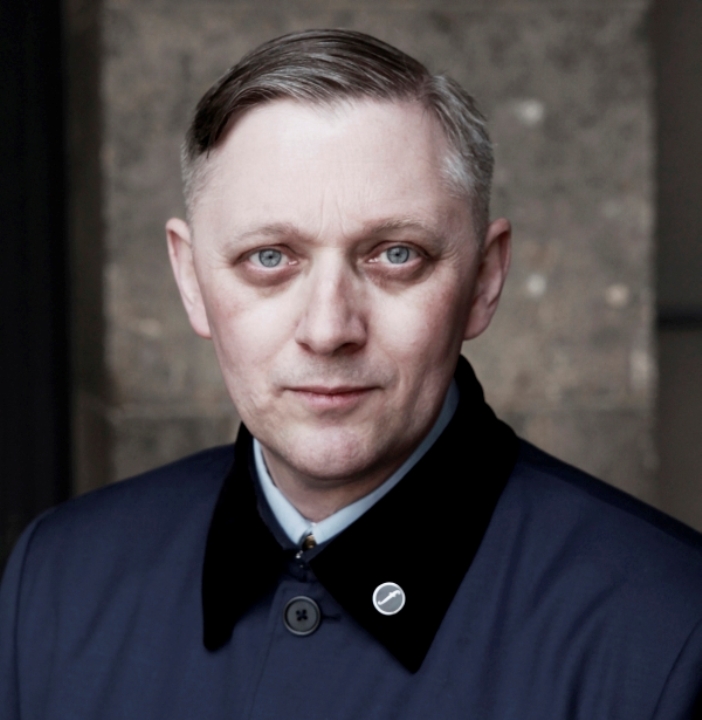

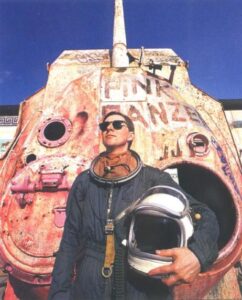
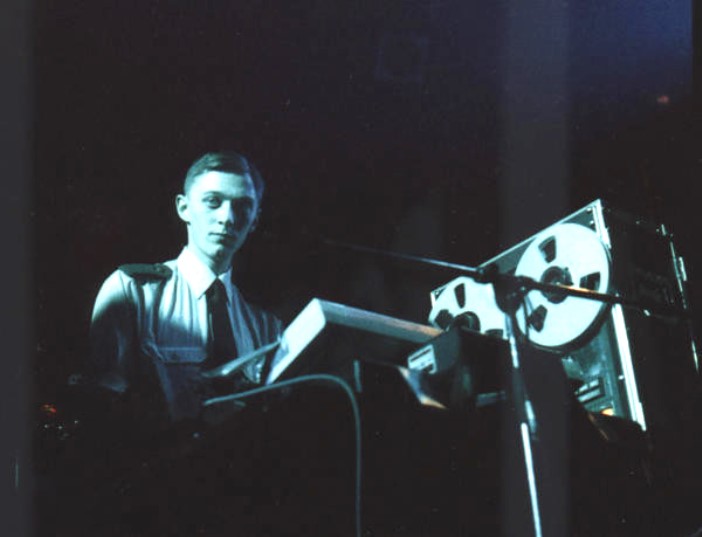
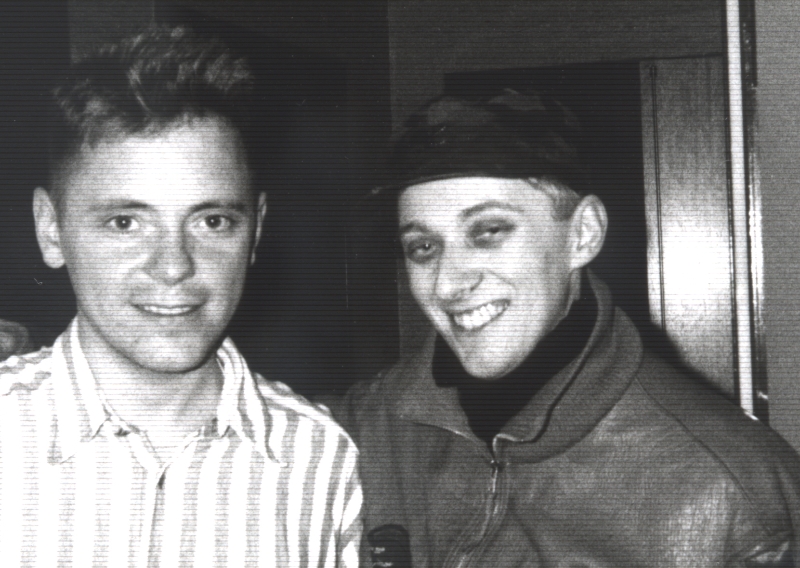
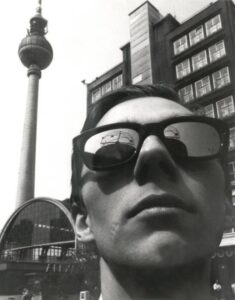
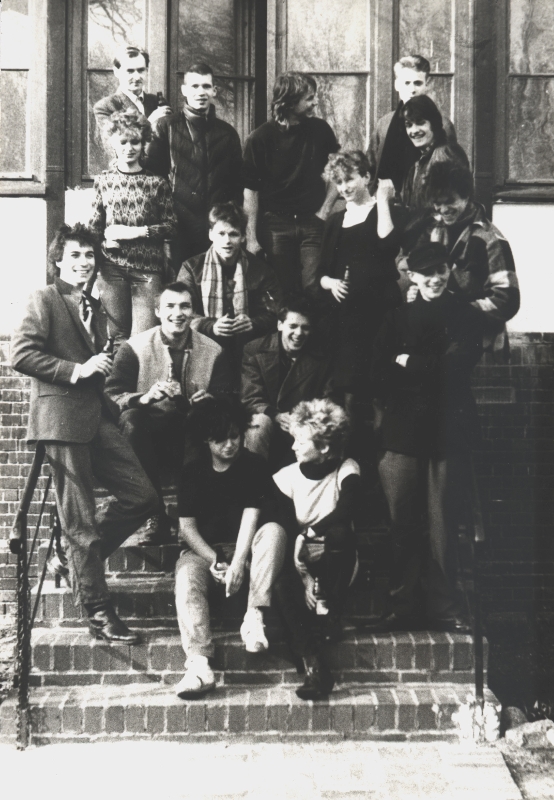

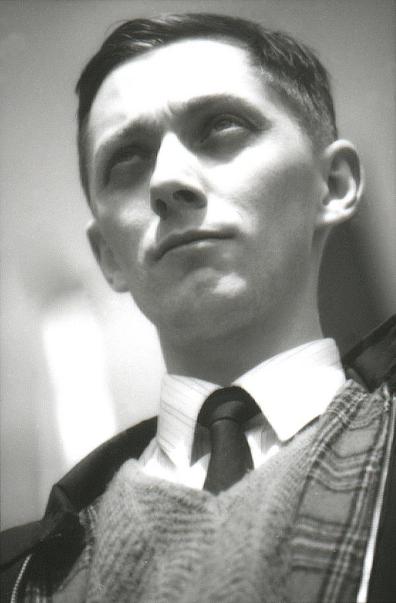
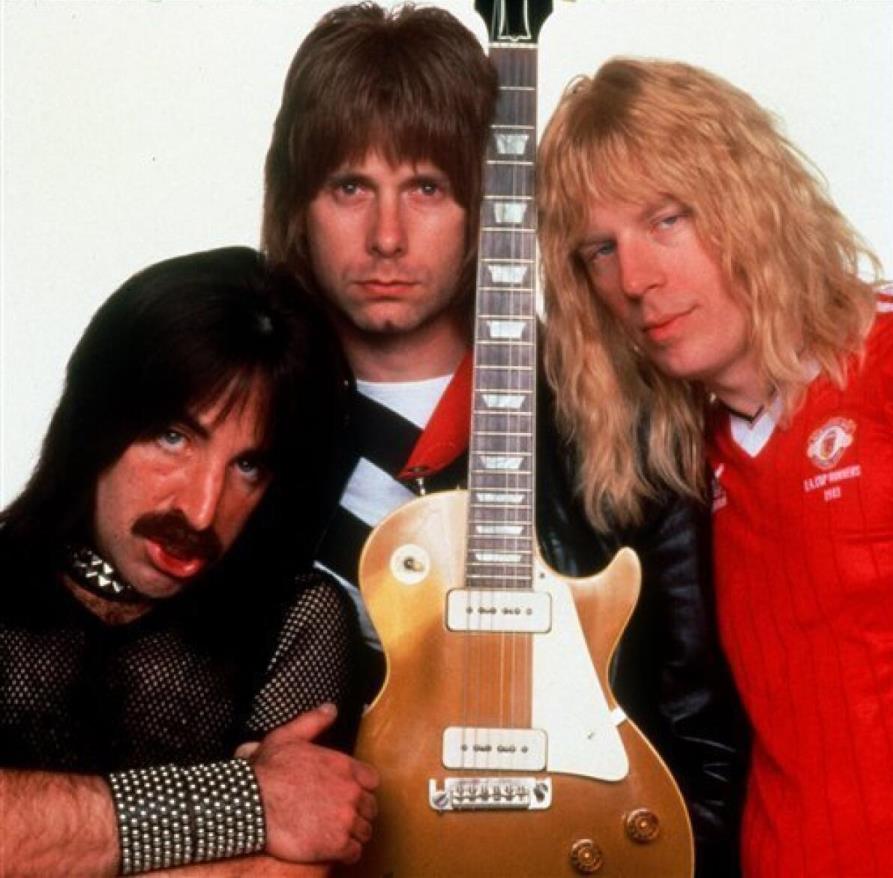
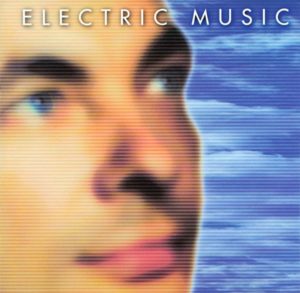
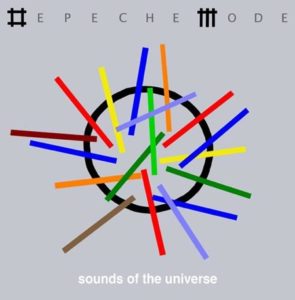
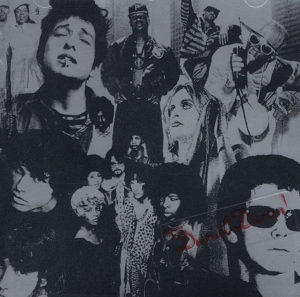
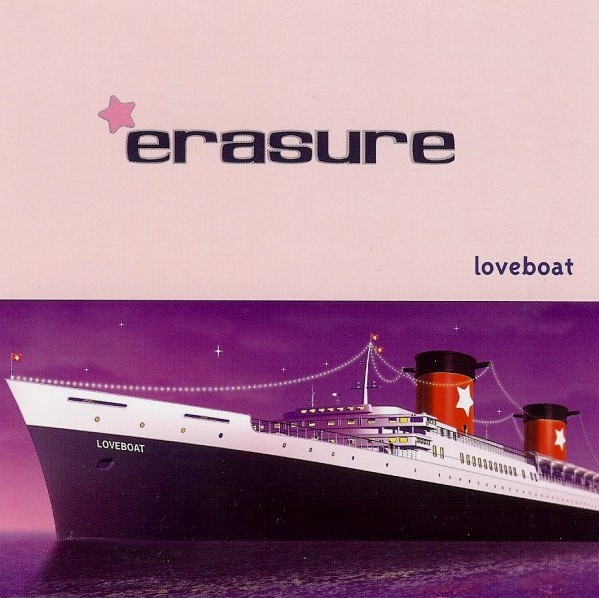
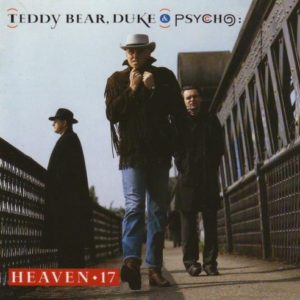
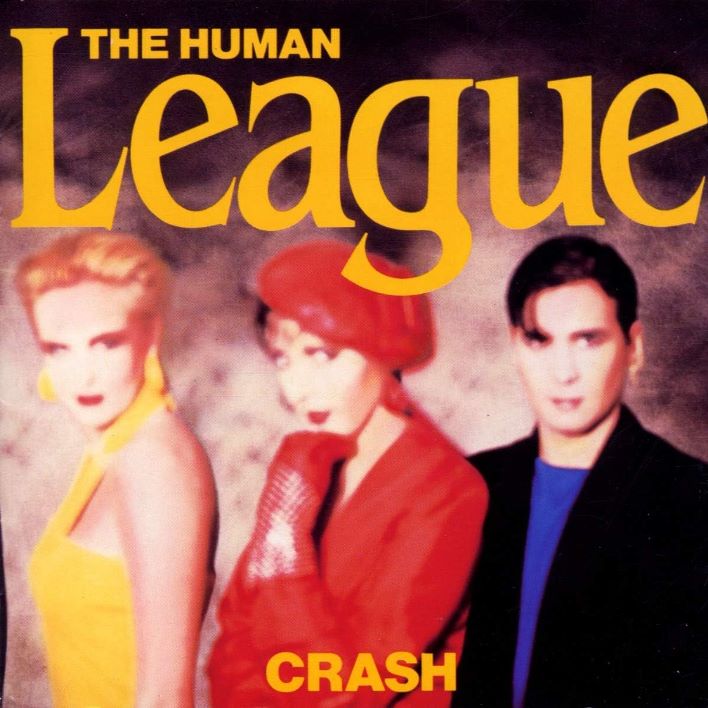
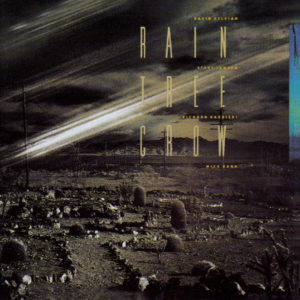
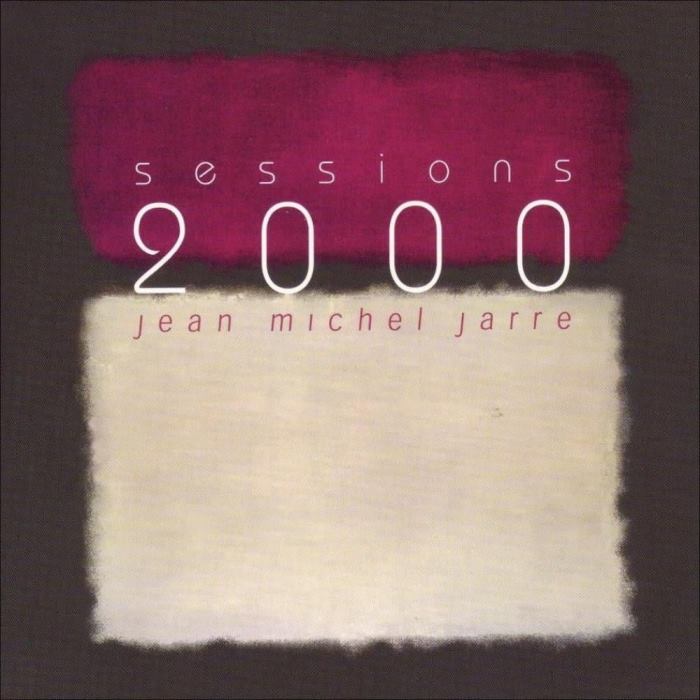
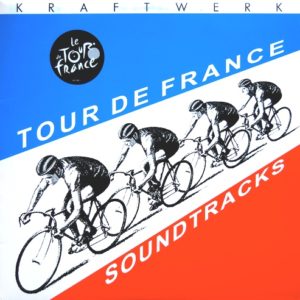
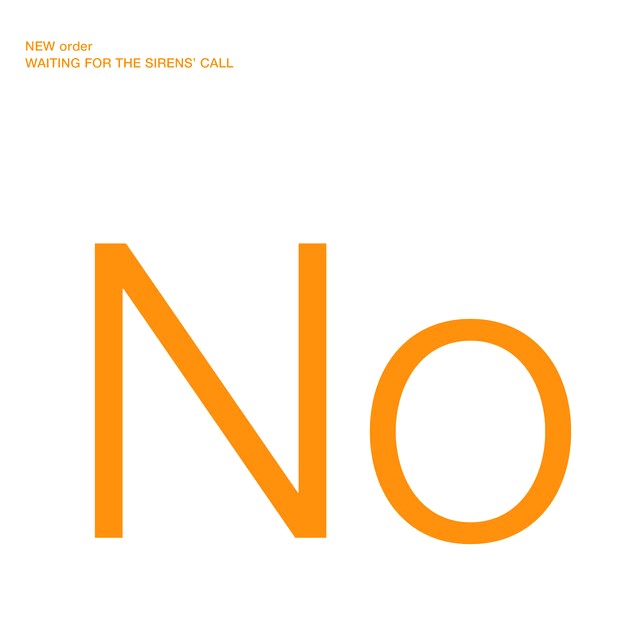
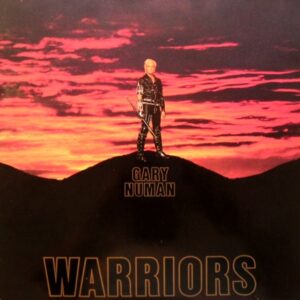
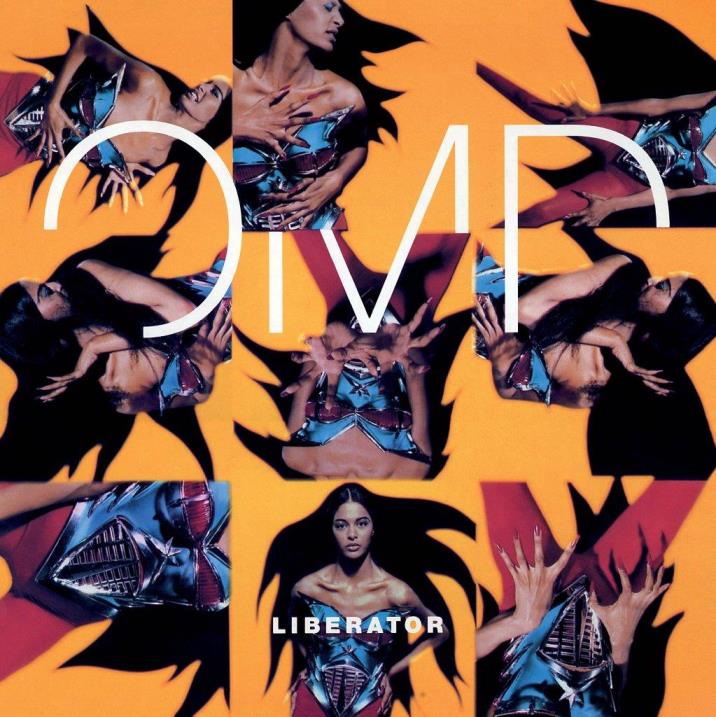
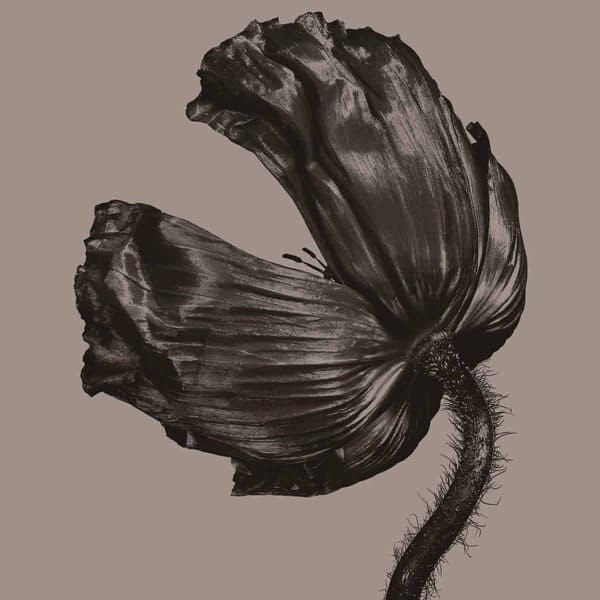
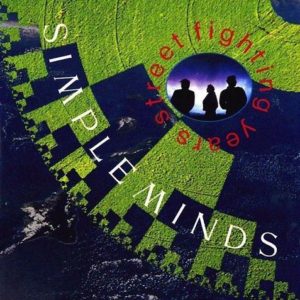
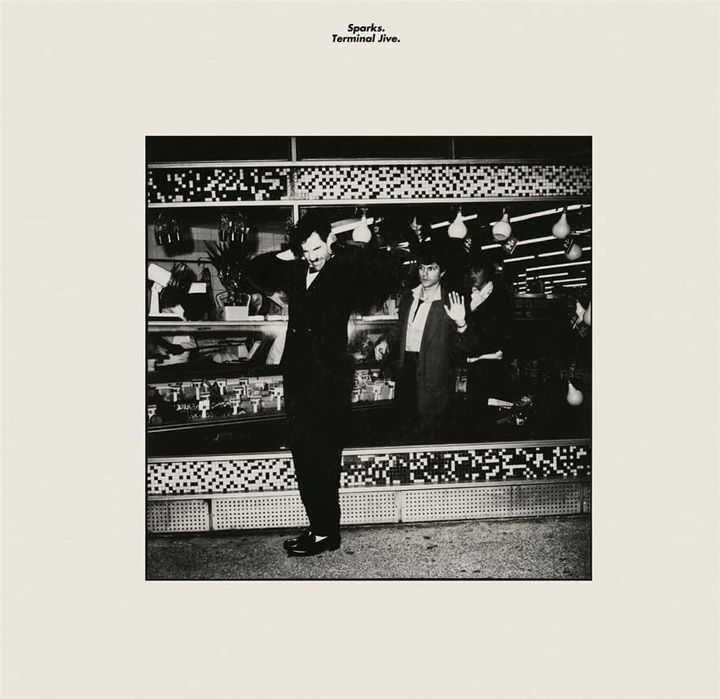
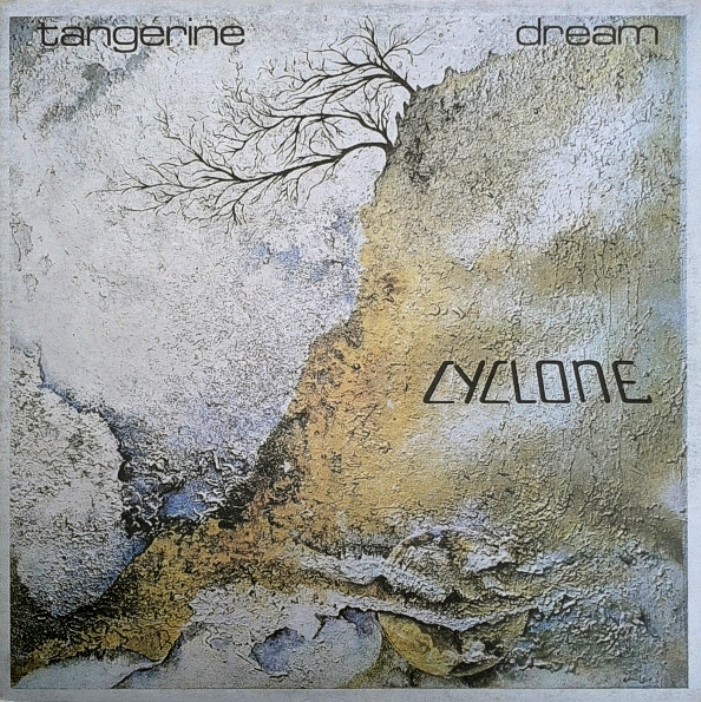
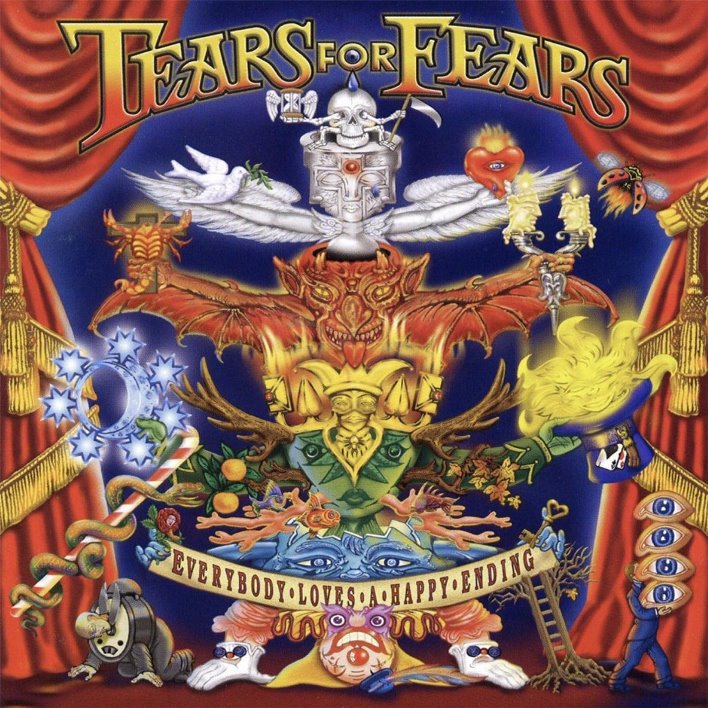
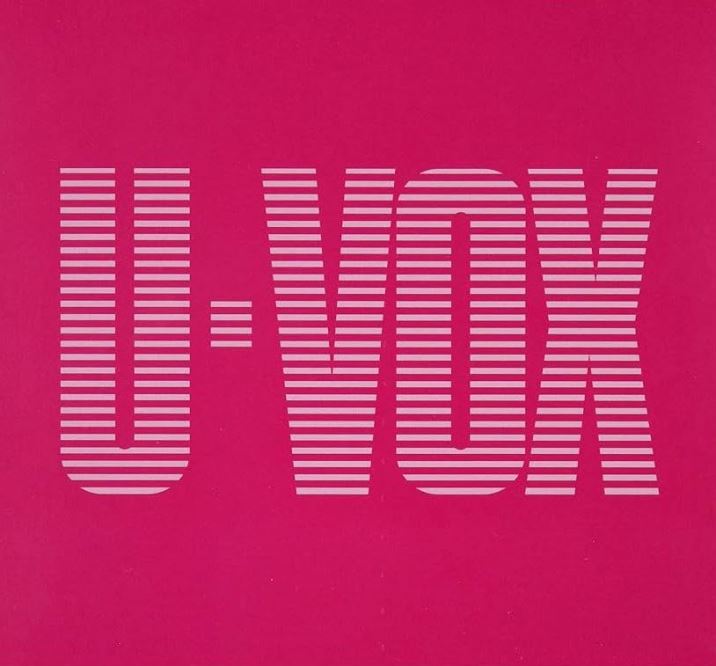
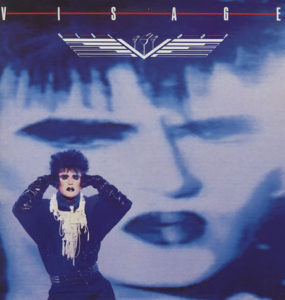
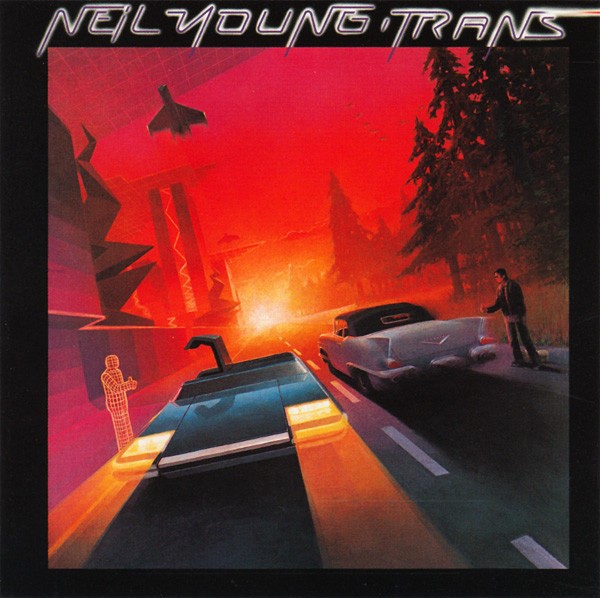
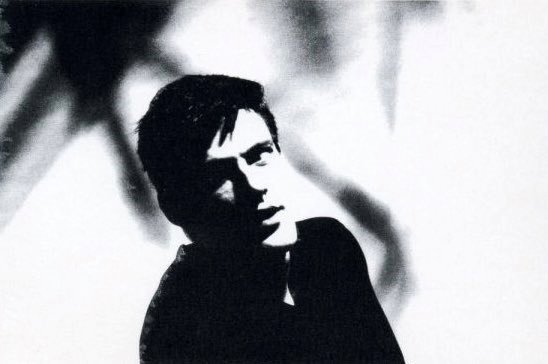
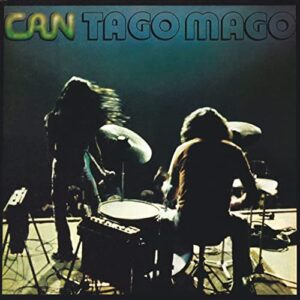
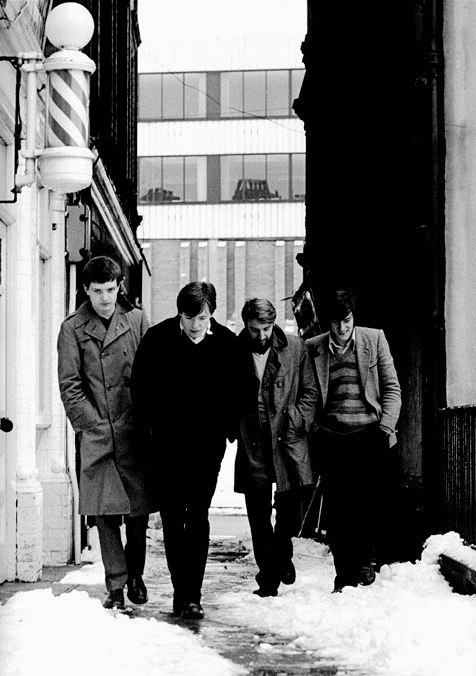
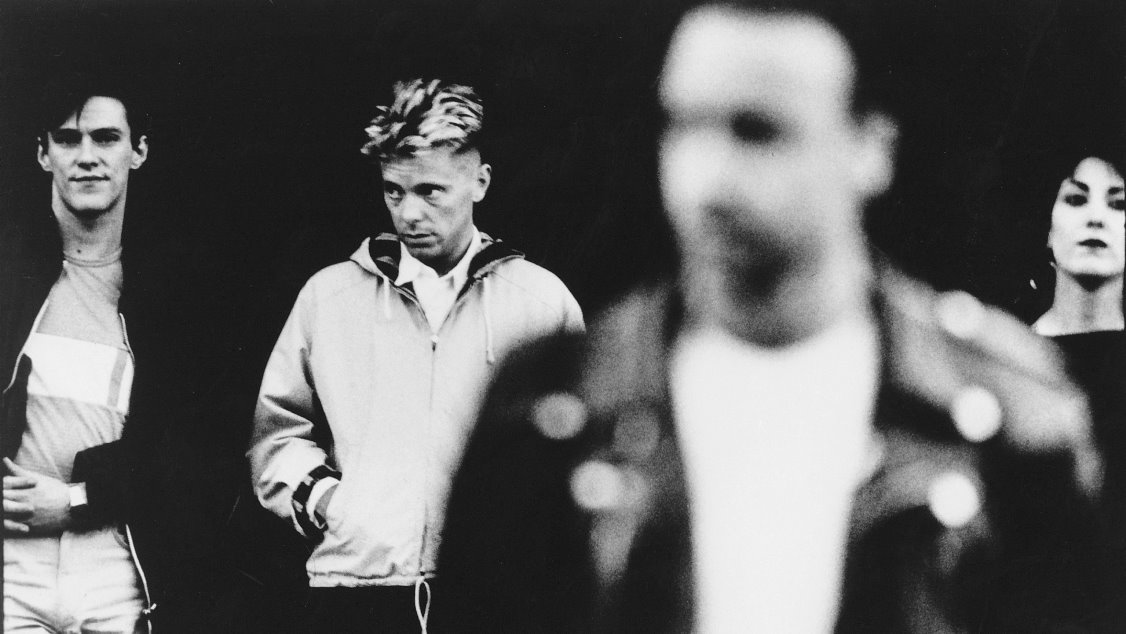
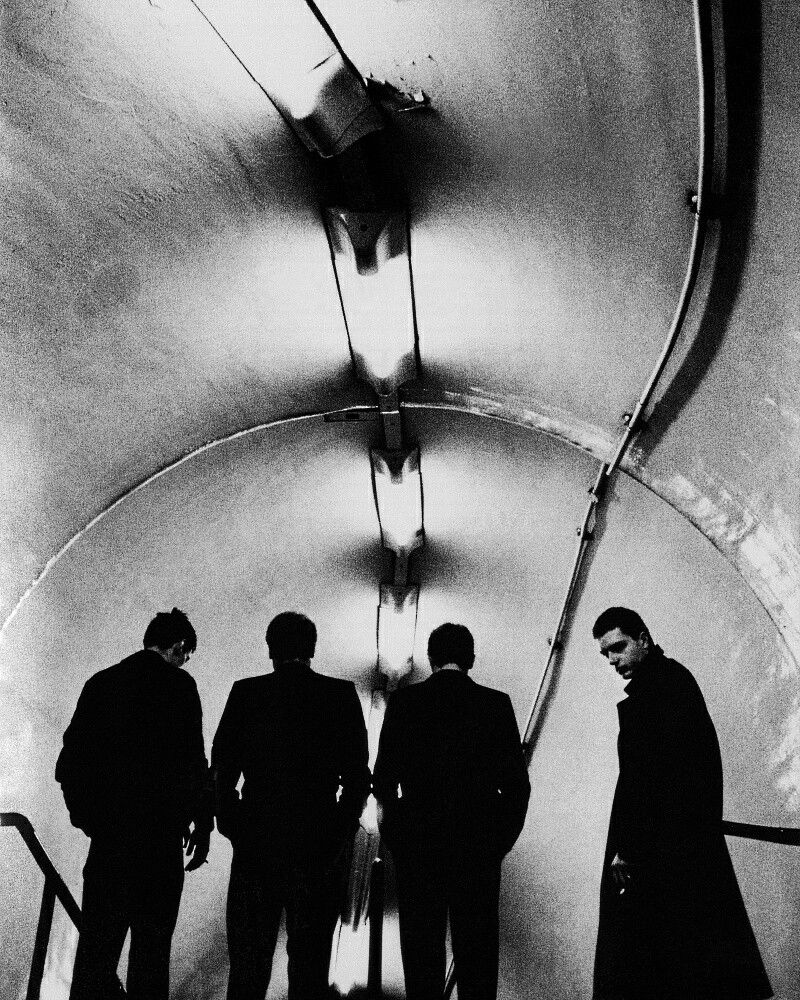
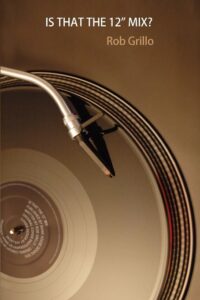
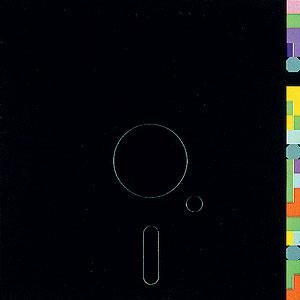
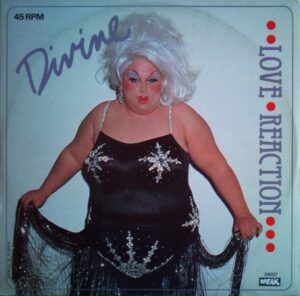
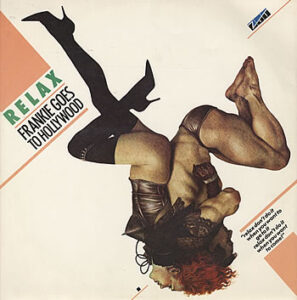
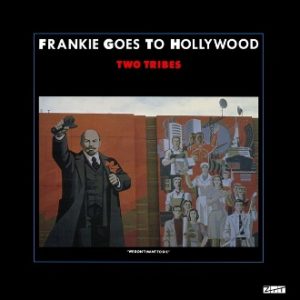
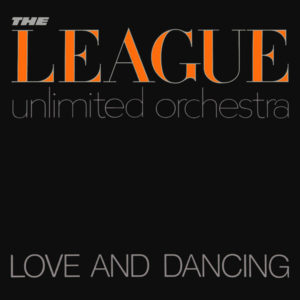
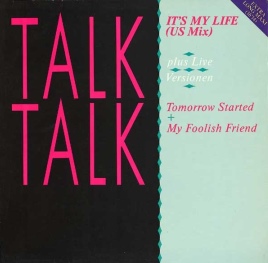 The second example brought new life to a track that even in its regular seven inch format remains one of the most endearing tunes from the ’80s.
The second example brought new life to a track that even in its regular seven inch format remains one of the most endearing tunes from the ’80s. 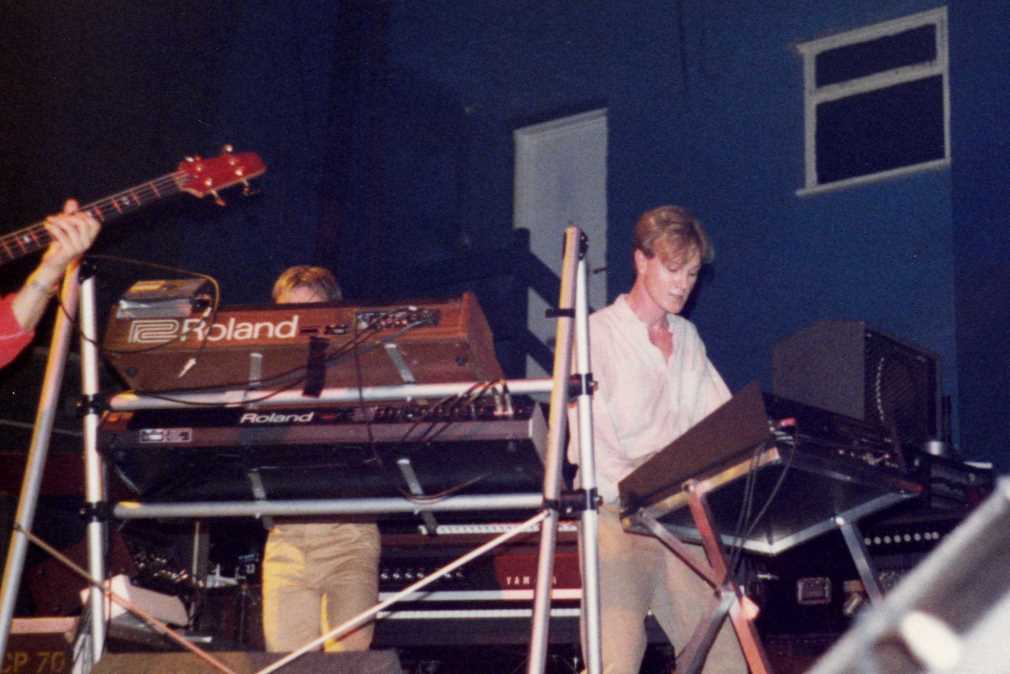
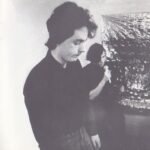
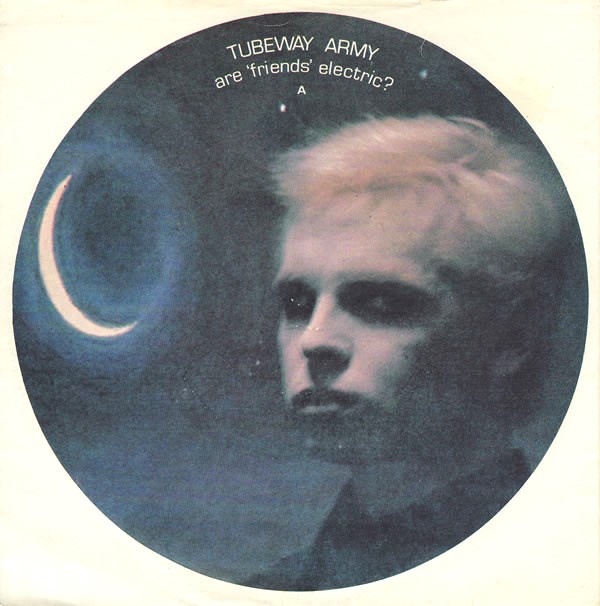
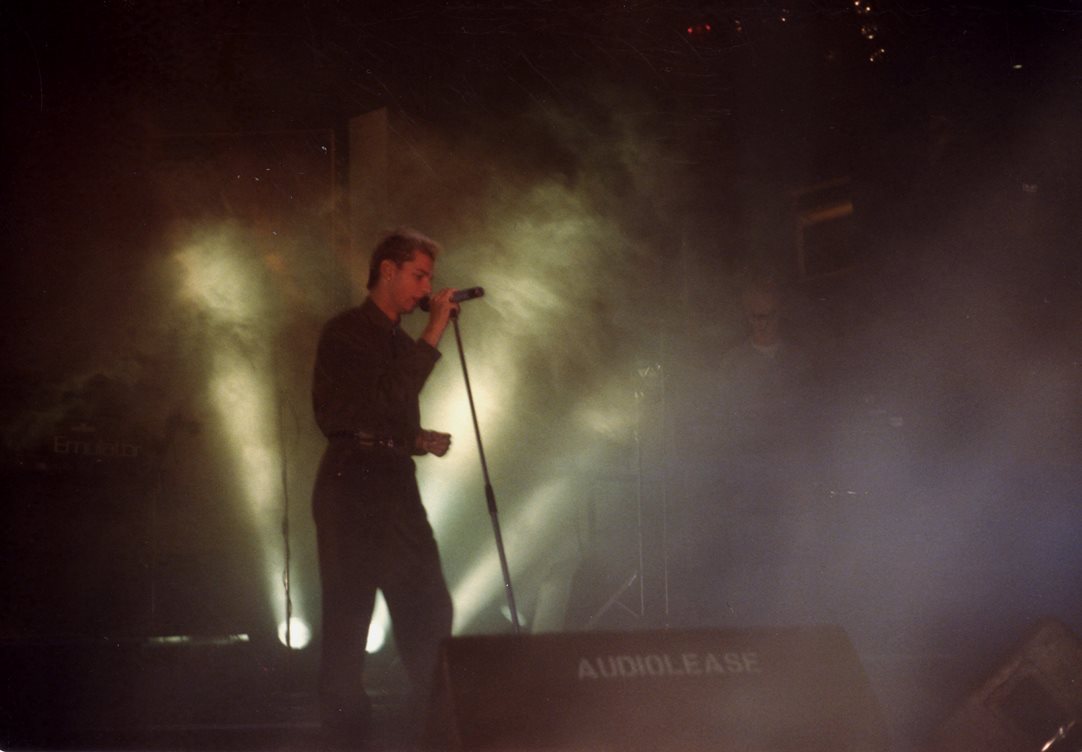
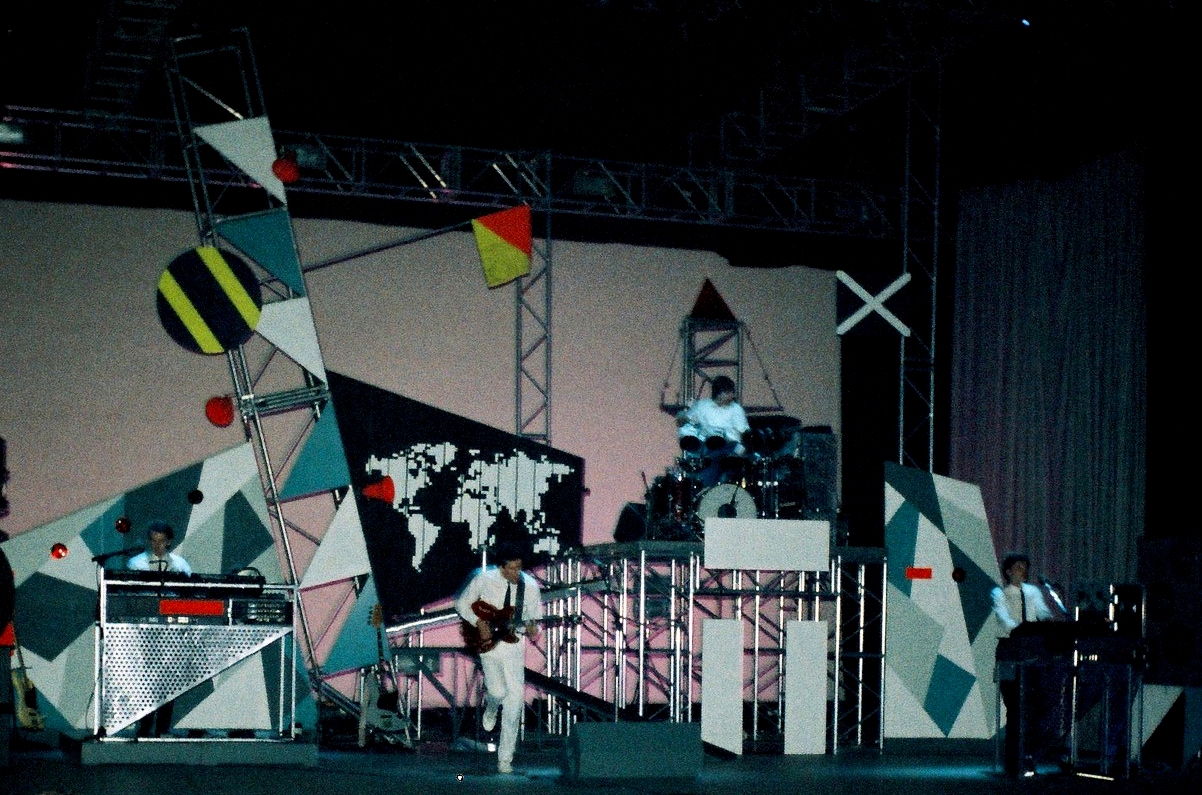
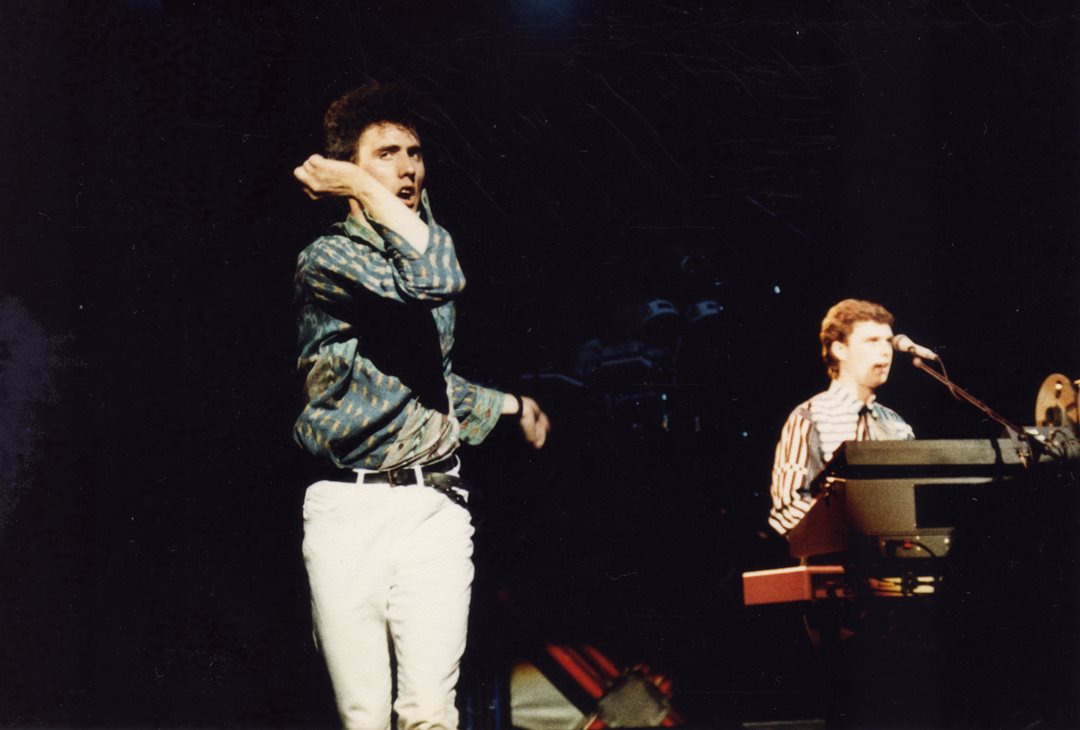
Follow Us!